- “Advanced parental age is a well-replicated risk factor for autism spectrum disorder (ASD),” [2020] Prefered both under 30.
- “Advanced paternal or maternal age over 30 years was monotonically associated with increased ASD risk” [2020] ” ASD risk was higher among grandchildren of younger (≤19 years) grandparents” “Possible transmission of ASD risk across generations should be considered in etiological research on ASD.”
- ” Risk factors for both disorders (ASD, ADHD) including maternal smoking, prematurity, and gestational diabetes” [2014]
- “Extremely preterm children are at increased risk for autism spectrum symptoms and ASD in middle childhood.” [2010]
- “In analyses where modeled prenatal maternal Per- and polyfluoroalkyl substances serum concentrations served as in utero exposure, we observed that prenatal perfluorohexane sulfonate (PFHxS) and perfluorooctane sulfonate (PFOS) exposure, but not other PFAS, were borderline associated with increased odds of child diagnosis of ASD” [2020]
- “A single neonatal exposure to perfluorohexane sulfonate (PFHxS) affects the levels of important neuroproteins in the developing mouse brain” [2013] “These compounds are commonly used in products such as surfactant and protective coating due to their ability to repel water- and oil stains.”
- “PFOS was the key ingredient in Scotchgard, a fabric protector made by 3M, and numerous stain repellents”
- “Significant vitamin D deficiency is described within children affected by ASD and in pregnant mothers whose offspring will later develop ASD, suggesting a possible role of the hormone as a contributing risk factor in the etiopathogenesis of ASD. ” [2020]
- “we concluded that there is consistent evidence supporting a positive association between early life inorganic Arsenic exposure and diagnosis of ASD ” [2019] see this article for where it is used (i.e. some pressure treated outdoor wood)
- “Maternal occupational exposure to solvents may increase the risk for ASD. “[2019] – household cleaning solvents may be in scope.
- “The observations that risk was highest for fall births (i.e., conceived in the winter) and lowest for spring births (i.e., conceived in the summer), and sunlight levels during critical neurodevelopmental periods explained much of the seasonal trends, are consistent with the hypothesis that a seasonally fluctuating risk factor may influence risk of ASD.” [2019]
- ” Univariate analyses showed correlation for the presence of siblings with ASD, presence of family members with ASD, maternal use of medications and maternal smoking during pregnancy; and child’s gestational age at the start of prenatal vitamins with a diagnosis of ASD. ” [2019]
- “Maternal history of eczema/psoriasis and asthma was associated with a 20%-40% increased odds of both ASD and DD.” [2019]
- “Our data suggest that air pollutant exposure in early infancy but not during pregnancy increases the risk of being diagnosed with autism and Asperger among children” [2018]
- “Potential prenatal causes suggested thus far are many and varied, including paracetamol [TYLENOL, Acetaminophen] (Archivist Oct 2016 doi.org/10.1136/archdischild-2016–3 11 708), antidepressant drugs (Archivist March 2016 doi.org/10.1136/archdischild-2016–3 10 462), ultrasound (Archivist Sept 2018 doi.org/10.1136/archdischild-2018–3 15 816), season of conception (Lucina Dec 2016 doi.org/10.1136/archdischild-2016–3 12 102), and obesity, among many others.[ BMJ 2019]
- “These results support previous findings relating to sex and Science, Technology, Engineering and Mathematics (STEM) careers in the largest set of individuals for which Autism-Spectrum Quotient scores..”[2015] In other words, a couple where both have a STEM career has a much higher odds of ASD off spring.
- ” increasing risk of ASD (Kinney, Barch, Chayka, Napoleon, & Munir, 2010). These environmental factors could be mediated through pesticides (Roberts, Karr, & Council on Environmental Health, 2012), lead (Kim et al., 2013; Parajuli, Fujiwara, Umezaki, & Watanabe, 2013; Rahbar, White, Agboatwalla, Hozhabri, & Luby, 2002), arsenic (Parajuli et al., 2013; Rahbar et al., 2012), mercury (Marques, Dorea, Bernardi, Bastos, & Malm, 2009; Rahbar et al., 2013), or combustion pollutants (Tang et al., 2008). [highway/car pollutants] ” [2014]
- “odds of having a child with ASD were twice as high for fathers who were engineers as compared to all other white-collar occupations’
- ” fathers of cases were seven times more likely to work in healthcare “
- “five times more likely to work in accounting/financial analysis”
- “association of maternal occupations in healthcare with odds being twice as high in mothers of cases than controls”
- “These results are consistent with the theories of Baron-Cohen (2006), who has also suggested that the combination of two highly systemizing parents may contribute to the likelihood of producing a child with ASD (Baron-Cohen, 2006; Buchen, 2011), or in this case, a child with more recognizable symptomatology. “
Bottom Line
Time of conception plays an important role and age of parents. Delaying having a child increases the risk. Exposure to common household solvents, water-repellent material (Scotguard), and treated wood also increases the risk. Adequate Vitamin D may decrease the risk. A variety of over the counter and prescription drugs increases the risk (see this earlier post). Being in a clean rural environment during pregnancy and for the first years of a child life appears to be a definite positive.
Unfortunately couples form without evaluating the risk of two highly systemizing parents being involved.

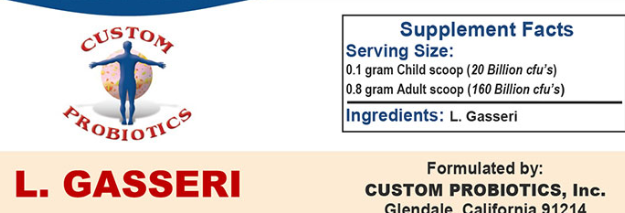
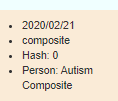

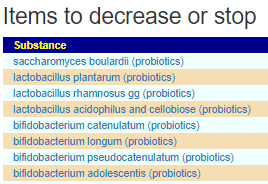

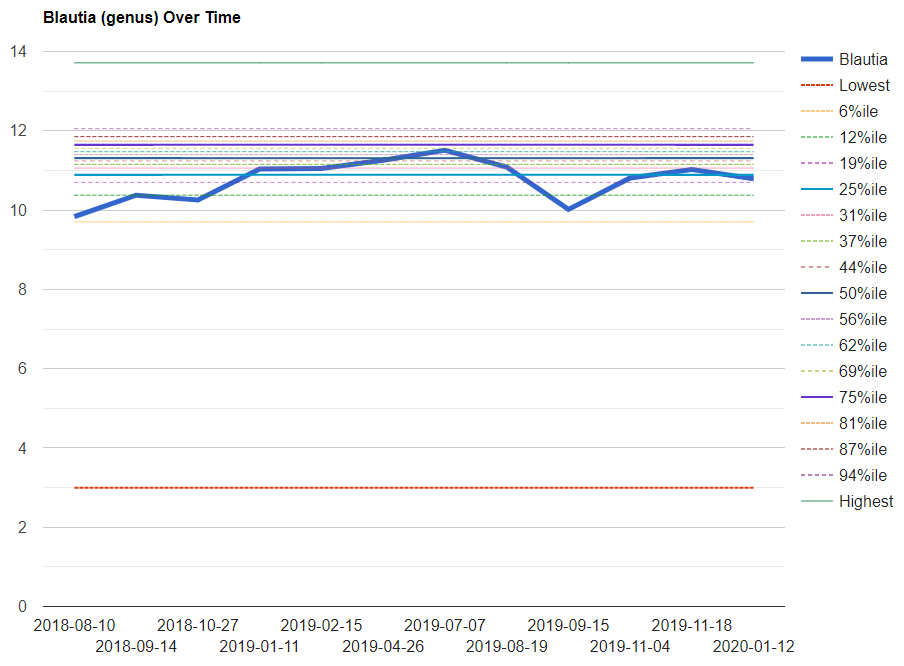



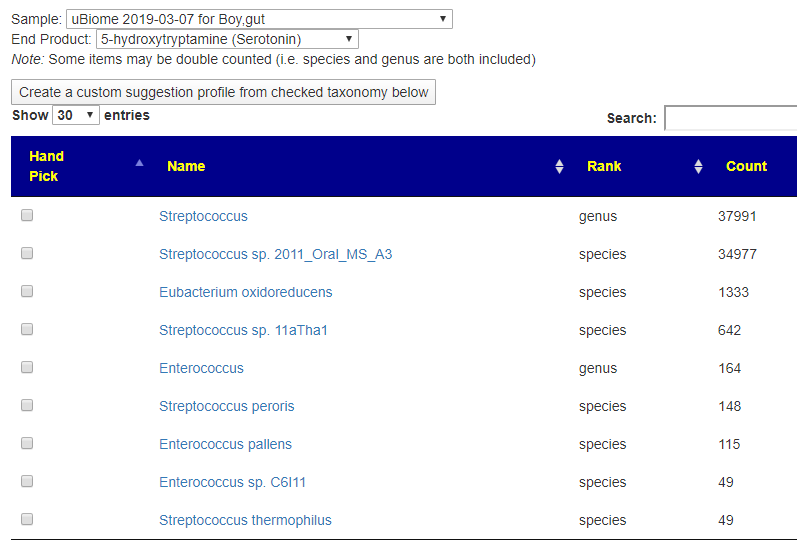

Recent Comments